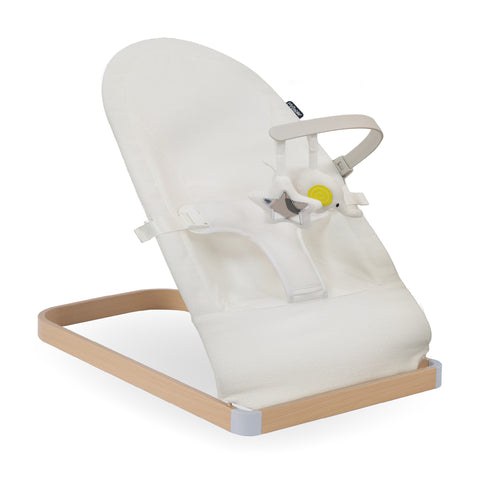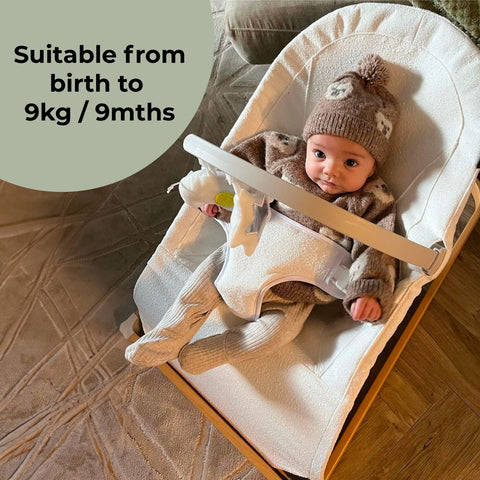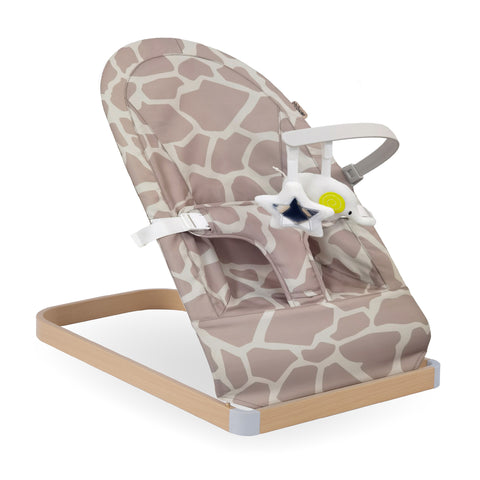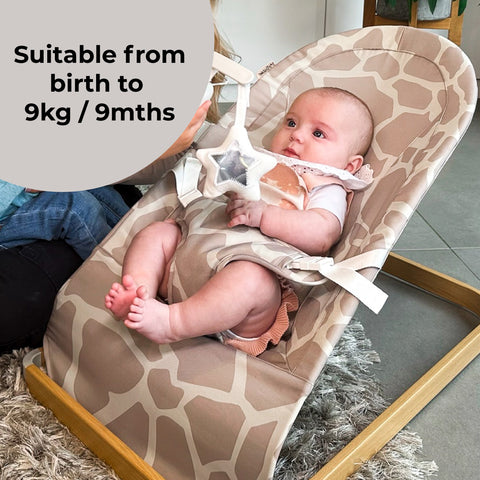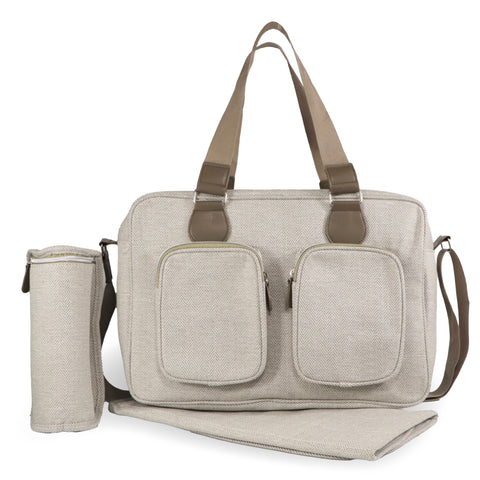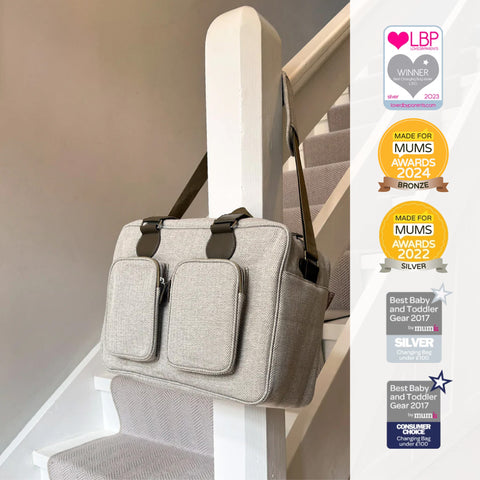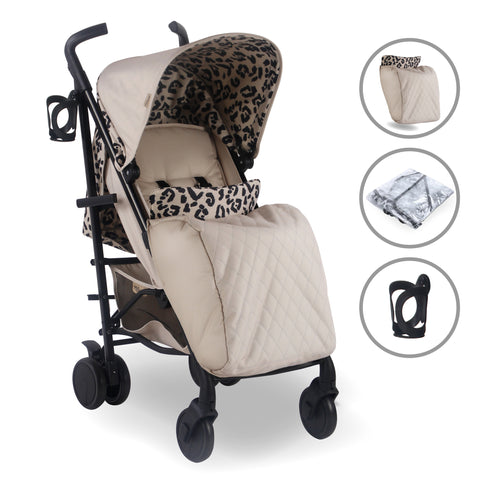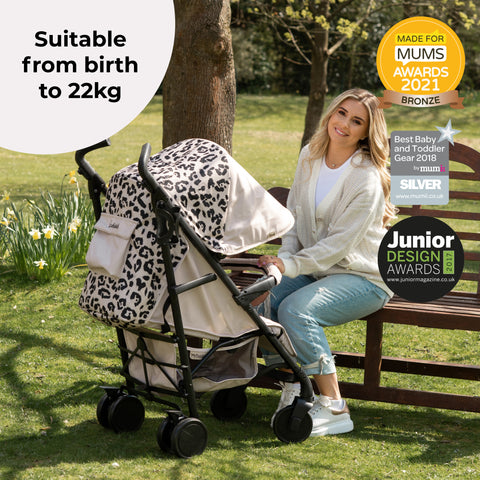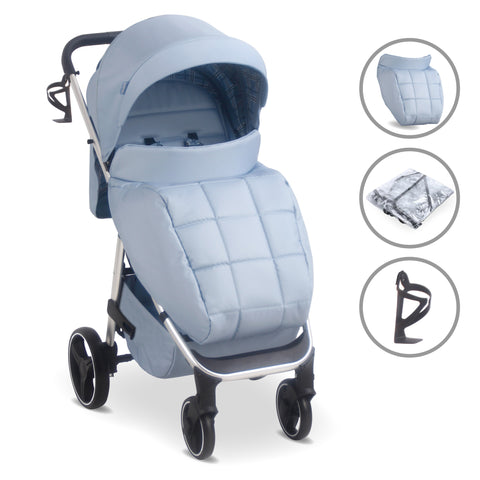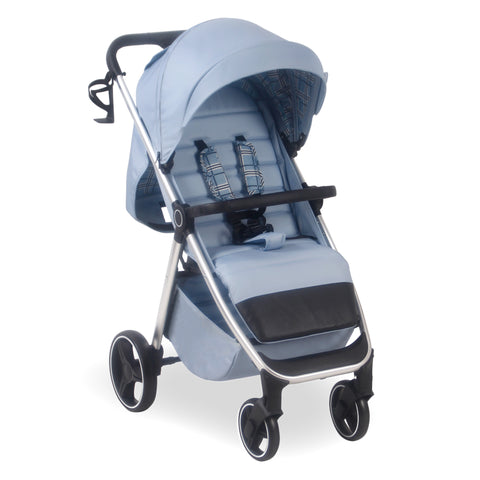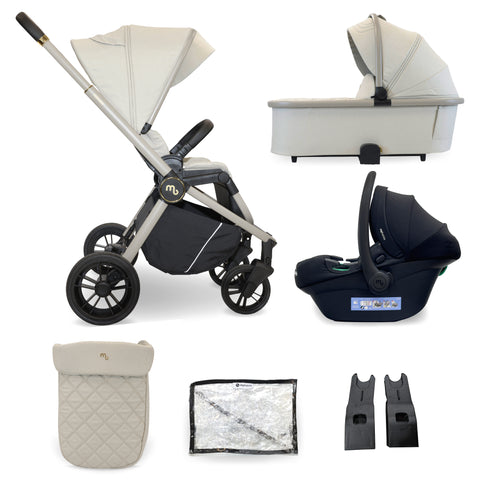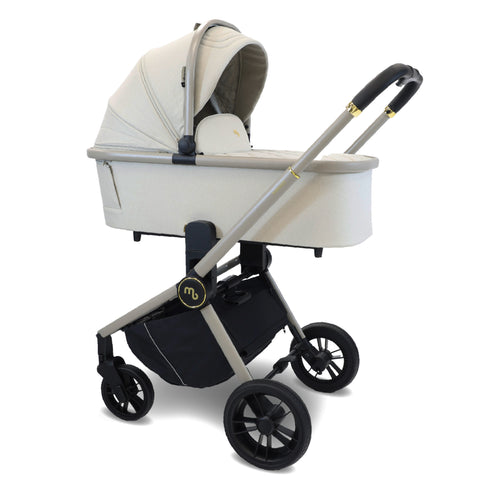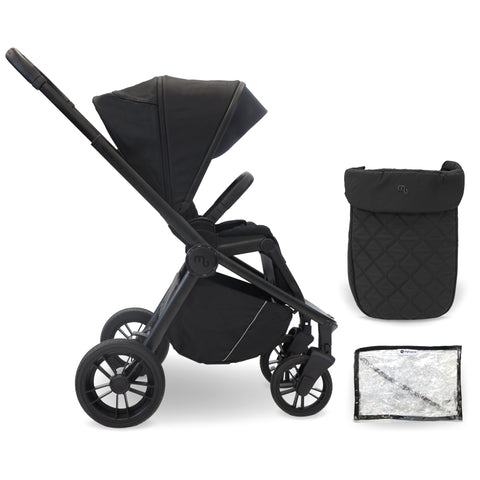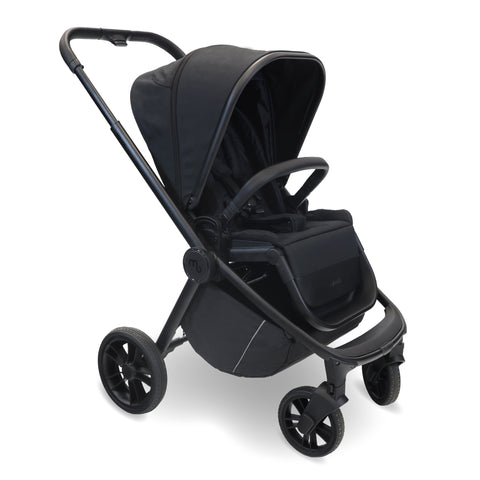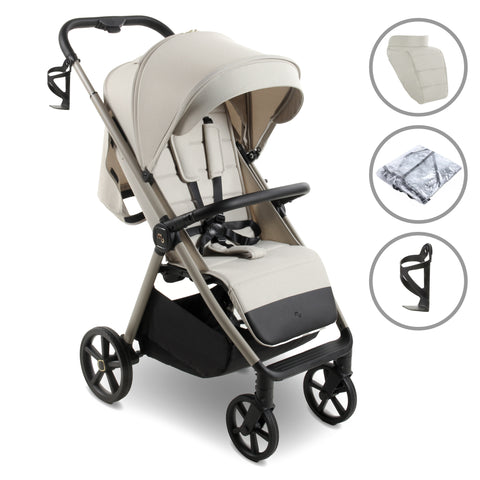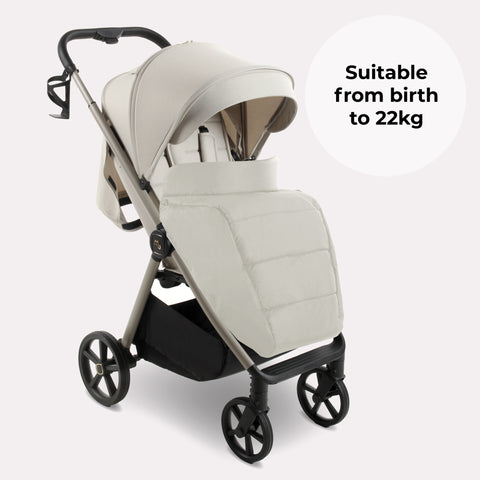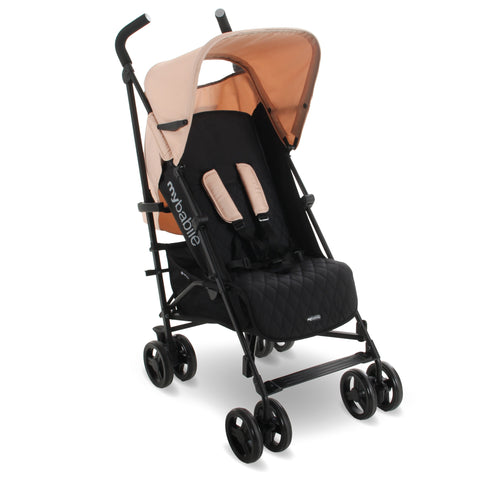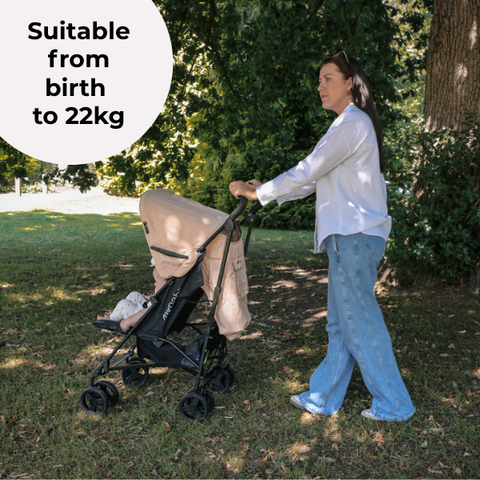What is the difference between a stroller, pushchair, and pram?
When it comes to selecting the best mode of transport for your little one, parents often encounter a variety of terms like stroller, pushchair, and pram. Each serves a unique purpose, catering to different stages of a child's development and varying needs of parents. Understanding these differences can make your decision easier and ensure your baby's comfort and safety. In this blog post, we will explore these differences and highlight some excellent examples.
Pram
Definition and Features: A pram is designed primarily for newborns and infants who need to lie flat on their backs. This flat position is essential for babies’ spinal development and is recommended for the first few months of life. Prams typically feature a spacious, comfortable bed with a high, protective hood to shield babies from the elements. They often come with a sturdy frame and large wheels, providing a smooth ride over various terrains.
Example: My Babiie MB200, MB450 and MB500 The My Babiie travel systems are an excellent example of a pram that combines luxury with functionality. They offer a flat-lay design perfect for newborns, ensuring they can sleep comfortably during outings. The Travel Systems are not just about comfort; they boast stylish designs, available in various fashionable prints. The large wheels make them easy to manoeuvre over different surfaces, while the high hood provides ample protection from the sun and wind.
Pushchair
Definition and Features: A pushchair is designed for older babies and toddlers who can sit up and have better control of their head and neck. Unlike prams, pushchairs allow for a more upright seating position, although many models offer a reclining feature so that your child can nap comfortably. Pushchairs often provide the option to face the parent or the world, catering to the child’s growing curiosity and need for interaction.
Example: My Babiie MB160 The My Babiie MB160 pushchair is versatile and adaptable, making it suitable for various stages of a child’s development. It features multiple recline positions, including a near-flat position for younger babies who still need to nap frequently. Its compact fold and lightweight frame make it easy to transport and store, while the stylish design ensures you and your baby travel in style.
Stroller
Definition and Features: Strollers are generally more lightweight and compact than prams and pushchairs, designed for toddlers and older children. They are perfect for parents who need a convenient, portable solution for quick trips and travel. Strollers usually offer fewer recline options and are meant for children who can sit up unassisted. They often feature smaller wheels and a more minimalistic design, focusing on ease of use and portability.
Example: My Babiie MB51 The My Babiie MB51 stroller is an ideal choice for parents on the go. It’s lightweight and folds compactly, making it easy to carry and store. Despite its minimalistic design, the MB51 stroller doesn’t compromise on comfort or style. It includes essential features such as a large sun canopy, a comfortable seat, and a handy storage basket. The MB51 stroller is perfect for navigating busy streets or airports, providing a hassle-free experience for both parents and children.
Key Differences
1. Age Suitability:
- Pram: Suitable for newborns and infants up to about six months. The flat position supports spinal development.
- Pushchair: Suitable for babies and toddlers who can sit up, usually from six months onwards. They often include recline options.
- Stroller: Best for toddlers and older children who can sit unassisted. Designed for ease of use and portability.
2. Design and Comfort:
- Pram: Offers a flat, spacious bed with a high protective hood. Focuses on maximum comfort and support for newborns.
- Pushchair: Features an adjustable seat with multiple recline positions. Can switch between parent-facing and forward-facing.
- Stroller: Lightweight, compact design with fewer recline options. Priorities portability and convenience.
3. Manoeuvrability:
- Pram: Generally bulkier with larger wheels, providing a smooth ride over various terrains but can be less manoeuvrable in tight spaces.
- Pushchair: Balances between comfort and ease of movement. Usually has medium-sized wheels and a moderately compact frame.
- Stroller: Highly manoeuvrable with smaller wheels, designed for quick trips and easy navigation through crowded areas.
Choosing the Right Option
For Newborns: If you have a newborn, a pram is the best choice. It offers the necessary support and comfort for your baby’s delicate body. The My Babiie MB200, MB450 and MB500 pram provides a luxurious, safe environment for your infant, ensuring they can rest comfortably on the go.
For Growing Babies: As your baby grows and can sit up, transitioning to a pushchair like the My Babiie MB160 is ideal. It offers the flexibility of different recline positions and large high-back seat, catering to your child’s development and curiosity.
For Toddlers and Travel: For older children and parents who need a practical solution for quick outings, a stroller is the way to go. The My Babiie MB51 stroller's lightweight and compact design make it perfect for busy lifestyles, ensuring your toddler stays comfortable without compromising on convenience.
Conclusion
Understanding the differences between a pram, pushchair, and stroller helps in making an informed decision that best suits your child’s needs and your lifestyle. My Babiie offers a range of products that cater to each stage of your child’s growth, combining style, functionality, and comfort. Whether you’re looking for a luxurious pram for your newborn, a versatile pushchair for your growing baby, or a convenient stroller for your toddler, My Babiie has you covered.
